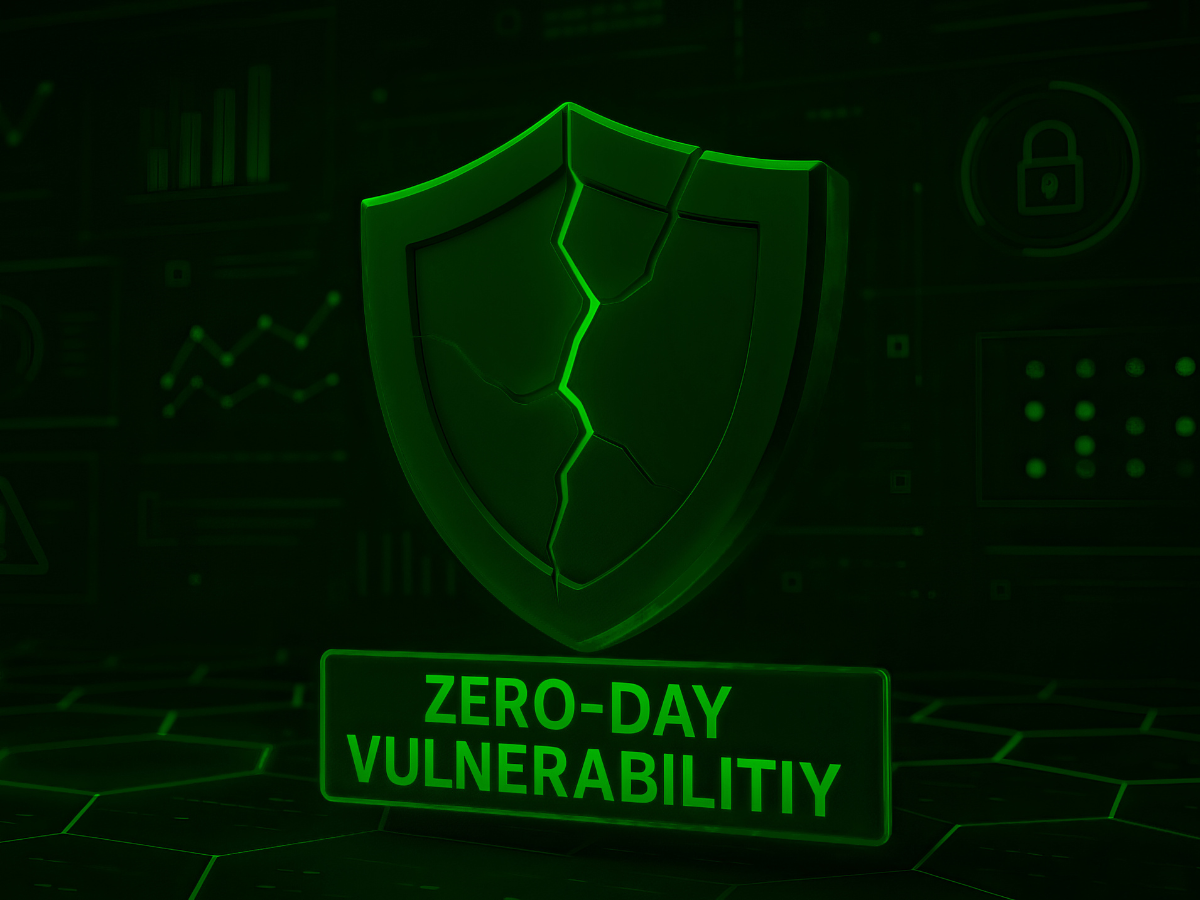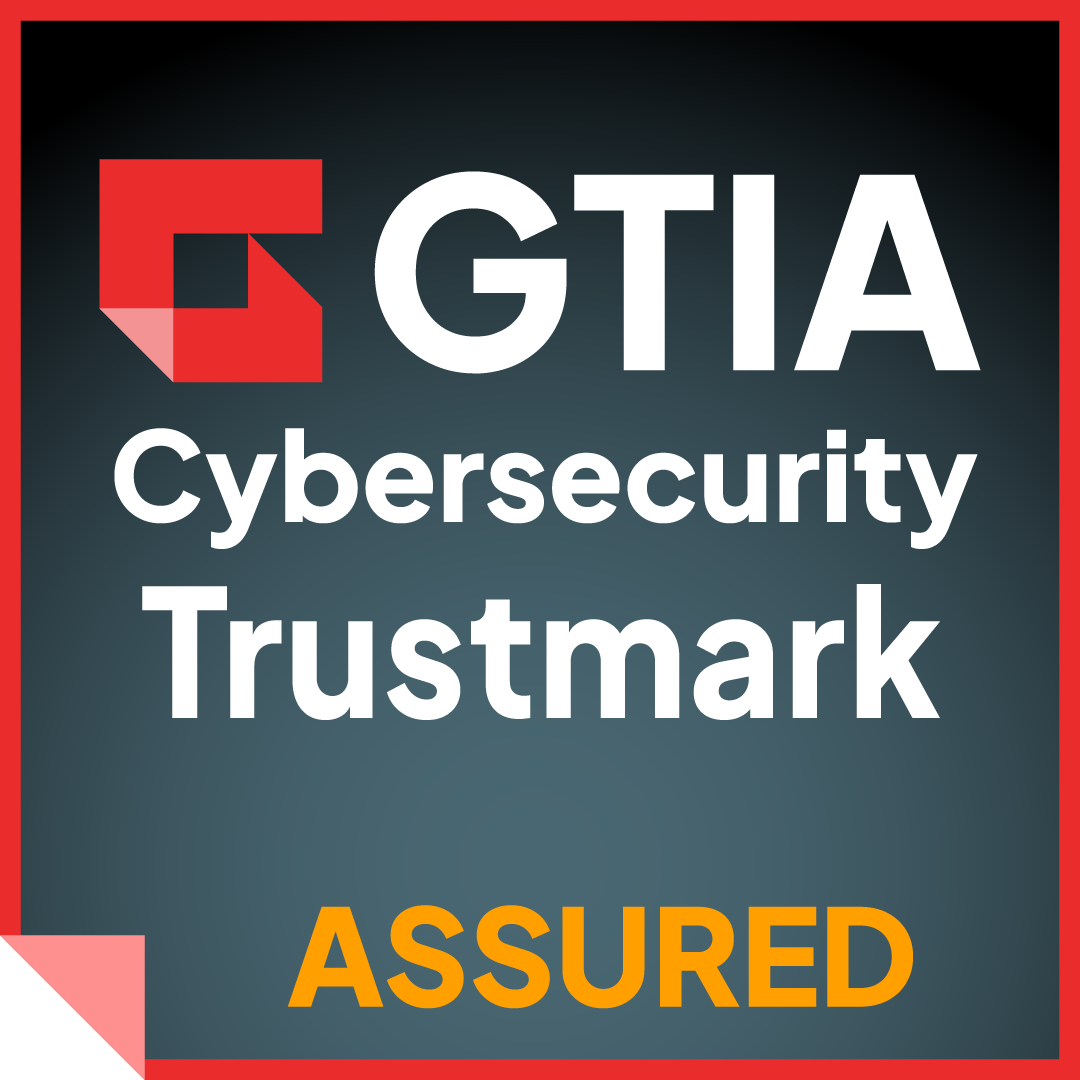How Do You Train Employees to Recognize Cyber Threats?
Carmine Corridore
In today’s increasingly digital world, cyber threats are a major concern for businesses of all sizes. While many companies invest in cybersecurity software and systems to protect their data, one of the most effective defenses is training employees to recognize potential threats. In this blog, we will explore how to train your team to identify cyber threats, improve your organization’s security posture, and minimize the risk of a data breach.

1. Understanding the Importance of Employee Training
Employees are often the first line of defense against
cyber threats, but they can also be the most vulnerable. A well-trained team can identify suspicious activity and take action before an attack escalates.
Cybersecurity training not only helps employees recognize threats but also fosters a culture of security awareness within the organization.
- Human Error: According to statistics, a large percentage of cyber attacks are due to human error, such as clicking on malicious links or opening suspicious attachments.
- Cyber Attack Prevention: Training employees to identify common
cyber threats like phishing emails, social engineering, and malware can significantly reduce the risk of an attack.
By investing in employee training, you ensure that your organization is better equipped to defend against cyber threats from within.
2. Types of Cyber Threats Employees Should Be Aware Of
To properly train your employees, it’s essential to understand the types of
cyber threats they may encounter. Here are some of the most common threats that every employee should be aware of:
- Phishing: One of the most prevalent cyber threats, phishing involves emails that trick employees into clicking on malicious links or sharing sensitive information. Train employees to look out for suspicious email addresses, grammatical errors, and unusual attachments.
- Malware: Malware includes viruses, worms, and ransomware that can be introduced into a system via email attachments, infected websites, or external devices. Employees should be trained to avoid downloading unknown files and connecting unauthorized devices.
- Social Engineering: Cybercriminals often use social engineering tactics to manipulate employees into revealing confidential information. It’s crucial to teach staff to verify identities and to avoid sharing sensitive information over the phone or through unsecured channels.
- Ransomware: Ransomware is a type of
malware that encrypts an organization's data and demands payment for its release. Employees should know how to recognize phishing attempts that may lead to ransomware installation.
Understanding the various types of cyber threats is the first step in training employees to recognize and respond to them.
3. Implementing Cybersecurity Awareness Training
Once you’ve identified the common
cyber threats, the next step is to implement a
cybersecurity awareness training program for your employees. This training should cover both technical aspects and behavioral practices.
- Interactive Workshops: Hosting workshops or training sessions that involve real-life scenarios can help employees learn how to handle potential cyber threats. Simulated phishing attacks and role-playing exercises allow employees to practice recognizing and responding to threats.
- Security Policies and Best Practices: Educate employees about your organization’s cybersecurity policies, such as password management, the use of multi-factor authentication (MFA), and safe browsing habits. Reinforce the importance of strong, unique passwords and regular password updates.
- Regular Assessments: Assess employees’ knowledge of cybersecurity through quizzes, simulations, and follow-up training sessions. Regular assessments help keep the information fresh and reinforce safe behaviors.
- Tailored Training: Not all employees face the same cyber threats. Customizing training for different roles, such as IT staff, marketing teams, and executives, ensures that the training is relevant to the specific risks associated with their job functions.
The goal of cybersecurity awareness training is to make employees proactive in recognizing cyber threats and taking appropriate action to mitigate risks.
4. Creating a Culture of Cybersecurity Awareness
In addition to formal training, it’s important to foster a culture of
cybersecurity awareness across your organization. Employees should feel empowered to report
cyber threats and suspicious activity without fear of judgment.
- Encourage Open Communication: Establish clear lines of communication for employees to report potential threats. An internal reporting system can make it easier for staff to alert the team about phishing attempts or other suspicious behavior.
- Positive Reinforcement: Reward employees who demonstrate good cybersecurity practices, such as reporting a suspicious email or following password guidelines. Recognition of these efforts helps reinforce positive behavior and encourages others to follow suit.
- Regular Updates: Keep employees informed about the latest
cyber threats and trends. Regular updates will ensure that your team remains vigilant and aware of new tactics used by cybercriminals.
A proactive approach to cybersecurity within your company creates a culture of responsibility and awareness, making it more difficult for cyber threats to succeed.
5. Using Tools to Support Employee Training
In addition to traditional training methods, leveraging
cybersecurity tools can help employees identify
cyber threats more effectively. Several tools can assist in
cybersecurity training, such as:
- Phishing Simulation Tools: These tools allow you to simulate phishing attacks to test employee awareness and provide feedback on how they responded. This can be an effective way to reinforce training and identify areas that need improvement.
- Security Awareness Platforms: Some platforms provide interactive training modules, quizzes, and certifications that can be tailored to your organization's specific needs. These platforms often offer regular content updates to ensure employees stay informed about new threats.
- Endpoint Protection Software: Tools like antivirus and anti-malware software can help monitor employees’ devices for potential threats, providing an extra layer of defense and alerting them to suspicious activity.
By using these tools, you can support your employees in recognizing cyber threats while enhancing the overall cybersecurity posture of your organization.
Conclusion
Training employees to recognize cyber threats is an essential step in protecting your organization from data breaches and other security incidents. By implementing a comprehensive cybersecurity awareness training program, fostering a culture of security, and using the right tools, you can reduce the risk of a cyber attack. A well-trained team is your first line of defense against the ever-evolving landscape of cyber threats.
At Underdog Cyber Defense, we specialize in helping organizations build robust cybersecurity programs to protect against cyber threats. Contact us today to learn more about how we can help you train your employees and secure your business from potential attacks.



